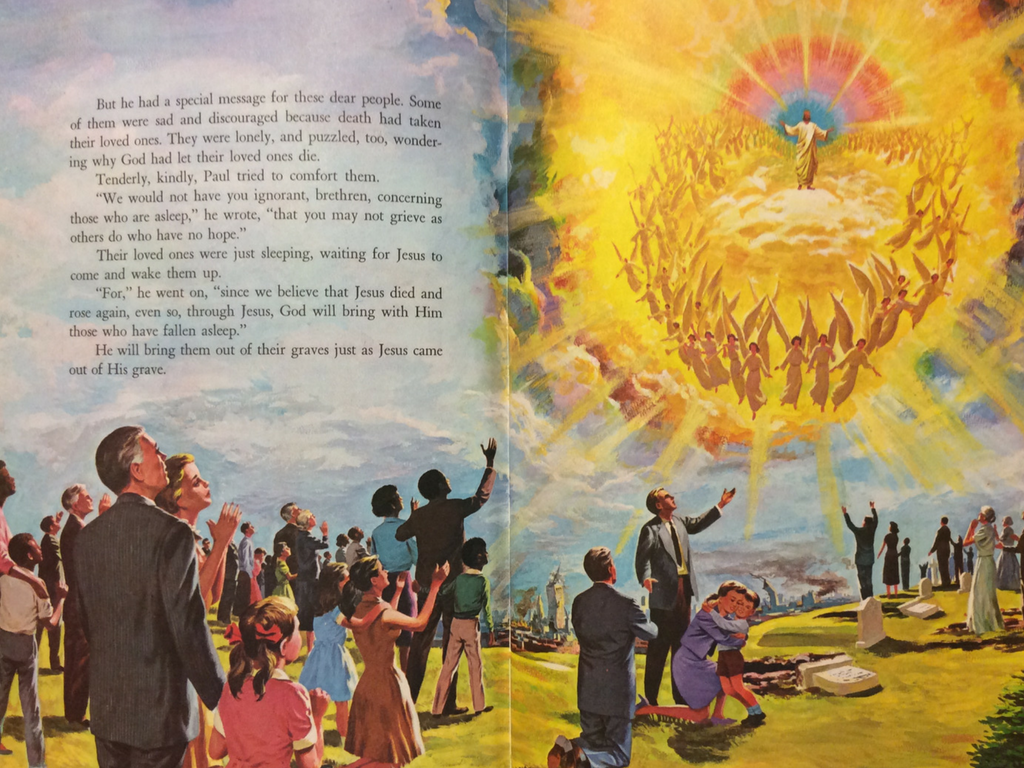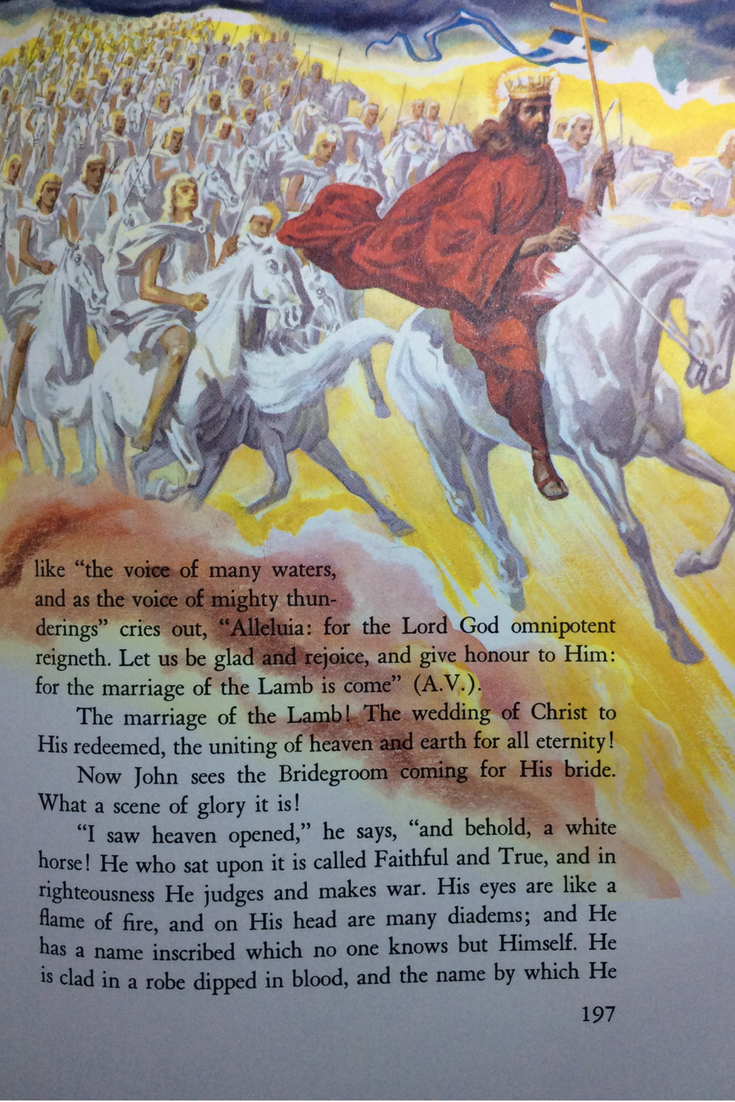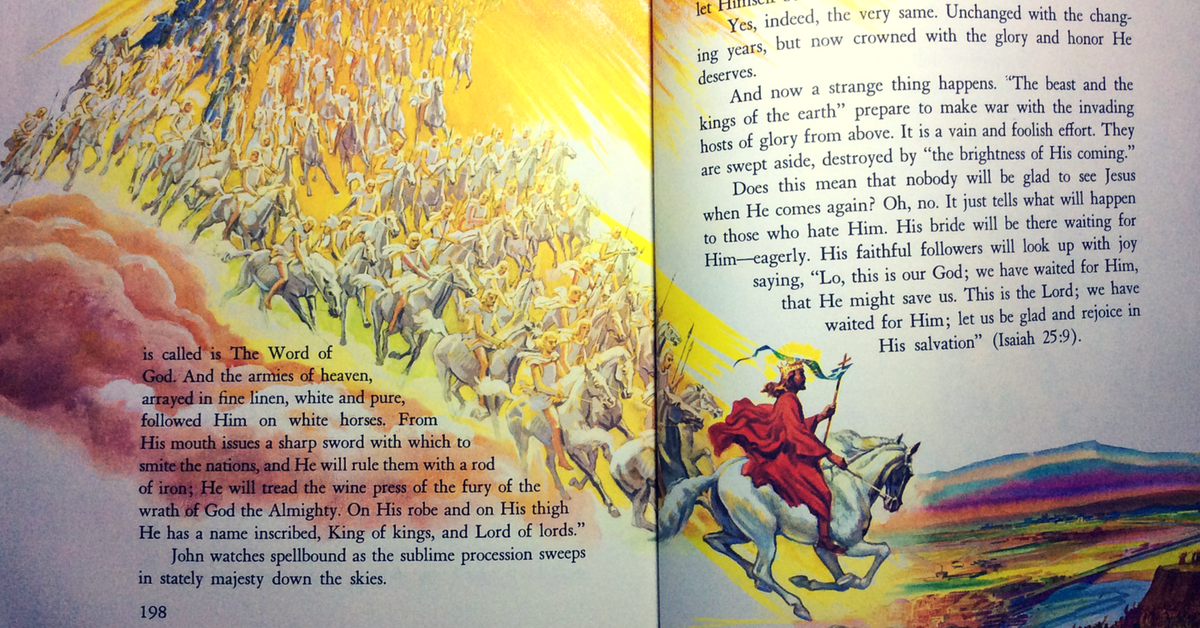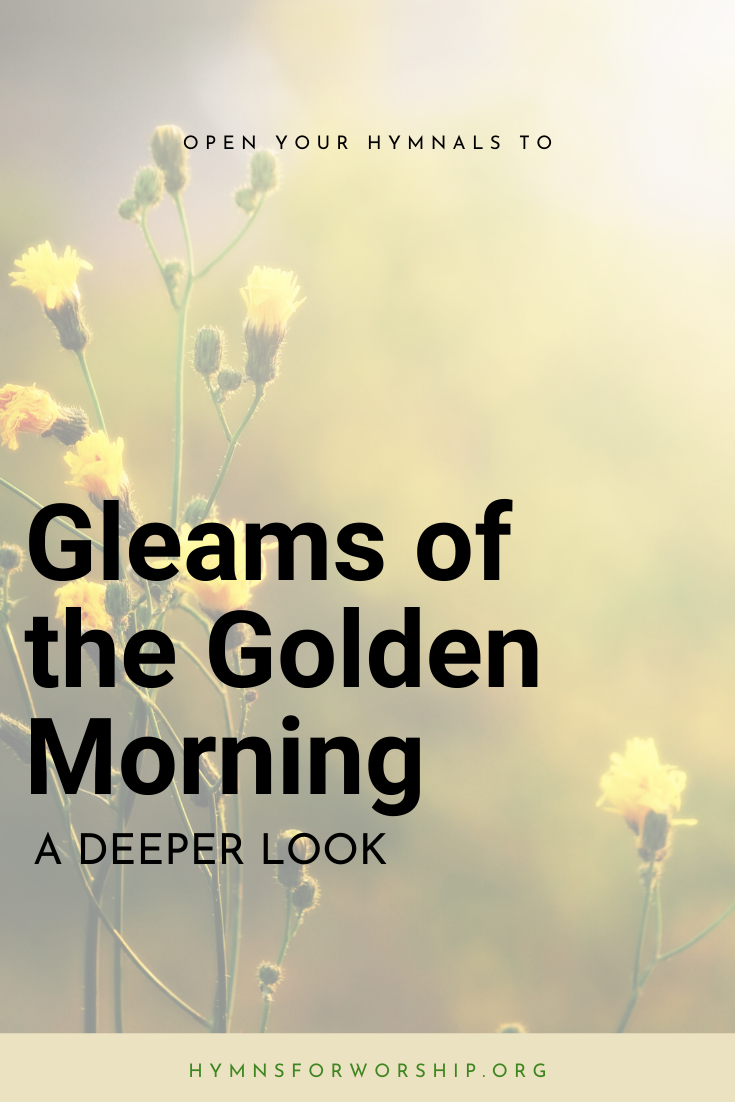
This hymn is one of those oldie but goody kind of hymn. Whenever I hear this sung in church, I can’t deny the fervor and excitement that people usually sing it with.
Musically speaking, I think one thing that contributes to that is the quick dotted rhythms at the beginning and end of every phrase and the strong steady beats that follow it. This galloping characteristic somehow gives that ‘ooomph’, a flavor of urgency so to speak.
Also, that final climactic note on “piercing through this night of gloom,” surely hits a sweet spot of word painting, wherein the melody goes up to depict the rays of the God’s shining light through a dark and gloomy night.
But enough of the musical analysis, tho. Let’s open our hymnals to “Gleams of the Golden Morning,” and discover why it remains a favorite among many Christians.
An old hymn
I say it’s an oldie because it was written and published way back in the 1880s.
It first appeared in a hymnal called Gates of Praise: for the Sabbath-School, praise service, prayer-meeting, etc. compiled by United Brethren ministers Isaiah Baltzell and Edmund Lorenz in 1880. It was one of the four hymns included under the category “Second Advent.”

Six years later, it was included in The Seventh-day Adventist Hymn and Tune Book For Use in Divine Worship (1886).
From the beginning, James White had taken the responsibility of compiling hymns for the Sabbath-keeping second advent believers after 1844. Fourteen years later, the task of putting together a hymnal fell on the hands of several capable individuals in the General Conference. But it was in 1886, 17 years after James White passed on the responsibility, that the “largest and most comprehensive hymnbook ever published by the Church,” was released.
Several committees were in place in creating the Hymns and Tunes. However, a main committee of five were responsible for making sure the hymns are not “tinged…with pagan and papal errors,” and that they are “of a high order of literary merit, and strictly in harmony with the teachings of the Scriptures.” This committee was composed of George I. Butler, Uriah Smith, J.H. Waggoner, A.R. Henry and Edwin Barnes.
Hence, it was through this committee that the hymn “Gleams of the Golden Morning” met its approval to be one of the 1,413 hymns printed.
An obscure hymn
I say it is an obscure hymn because of the difficulty I dealt with in finding information about it.
This hymn was written and composed by S.J. Graham. However, no one seems to know who Graham was. In several hymnals, an ascription of Reverend would be found, so it might be safe to guess that he was a minister.
As old and as obscure as this hymn was, it seemed to be an Adventist favorite. It is one of the most quoted hymns in Adventist periodicals, mentioned about 195 times in several General Conference bulletins, obituaries, camp meetings, worship services, and articles.
In fact, many “older” members of the Adventist church would probably recognize this particular rendition:
Recommended file: Wayne Hooper’s simplified arrangement of this hymn for male quartet
From its first inclusion in the 1886 Hymns and Tunes, we still deem it relevant. We still sing it and has been included in our most recent 1985 SDA Hymnal.
A classic hymn
What did Reverend S.J. Graham write about that made this hymn a classic among Adventists?
The four stanzas perfectly describe the chronological events that will take place when Jesus comes. First, he starts out with whom this hope is applicable:
The golden morning is fast approaching;
Jesus soon will come to take His faithful and happy children to their promised home.
Then he enumerates the events that lead to His second coming:

- Stanza 2: The gospel summons will soon be carried to the nations round (Matt 24:14; Mark 16:15-16; Rom 10:18, Rev 14:6)
- Stanza 2: The Bridegroom then will cease to tarry (Matt 25:1-10; Hab 2:3; Heb 10:36-37; 2 Pet 3:9)
- Stanza 2: And the trumpet sound (Joel 2:1; Matt 24:31; 1 Cor 15:52; 1 Thess 4:16)
- Stanza 3: The Judge will come, attended by all the shining angels (Matt 25:31; Psa 96:13; Psa 67:4; Rev 19:11)
- Stanza 3: His people are taken to heaven, “where they will not die” (1 Thess 4:17; 2 Pet 3:13
- Stanza 4: Loved ones who have long been parted will all meet that day and the tears of the brokenhearted will be wiped away (Isa 61:1; Isa 35:10; Isa 60:19-20; Rev 7:17; Rev 21:4)
Graham also alluded to Christ’s resurrection in the refrain of the hymn, but it might as well have a dual application to Christ’s second coming.
In the devotional book called Maranatha, the author wrote a vivid description of that golden morning. What a day to look forward to!
“While all the world is plunged in darkness, there will be light in every dwelling of the saints. They will catch the first light of His second appearing.
Soon there appears in the east a small black cloud, about half the size of a man’s hand. It is the cloud which surrounds the Saviour and which seems in the distance to be shrouded in darkness. The people of God know this to be the sign of the Son of man. In solemn silence they gaze upon it as it draws nearer the earth, becoming lighter and more glorious, until it is a great white cloud, its base a glory like consuming fire, and above it the rainbow of the covenant. Jesus rides forth as a mighty conqueror.
Not now a “man of sorrows,” to drink the bitter cup of shame and woe, He comes, victor in heaven and earth, to judge the living and the dead. “Faithful and True,” “in righteousness he doth judge and make war.” And “the armies which were in heaven” (Revelation 19:11, 14) follow Him. With anthems of celestial melody the holy angels, a vast, unnumbered throng, attend Him on His way. The firmament seems filled with radiant forms—“ten thousand times ten thousand, and thousands of thousands.”

No human pen can portray the scene; no mortal mind is adequate to conceive its splendor. “His glory covered the heavens, and the earth was full of his praise. And his brightness was as the light.” Habakkuk 3:3, 4. As the living cloud comes still nearer, every eye beholds the Prince of life. No crown of thorns now mars that sacred head; but a diadem of glory rests on His holy brow. His countenance outshines the dazzling brightness of the noonday sun. “And he hath on his vesture and on his thigh a name written, KING OF KINGS, AND LORD OF LORDS.” Revelation 19:16.

With uplifted heads, with the bright beams of the Sun of Righteousness shining upon them, with rejoicing that their redemption draweth nigh, they [the living saints], go forth to meet the Bridegroom, saying. “Lo, this is our God; we have waited for him, and he will save us.”
Like this article? Share it!

